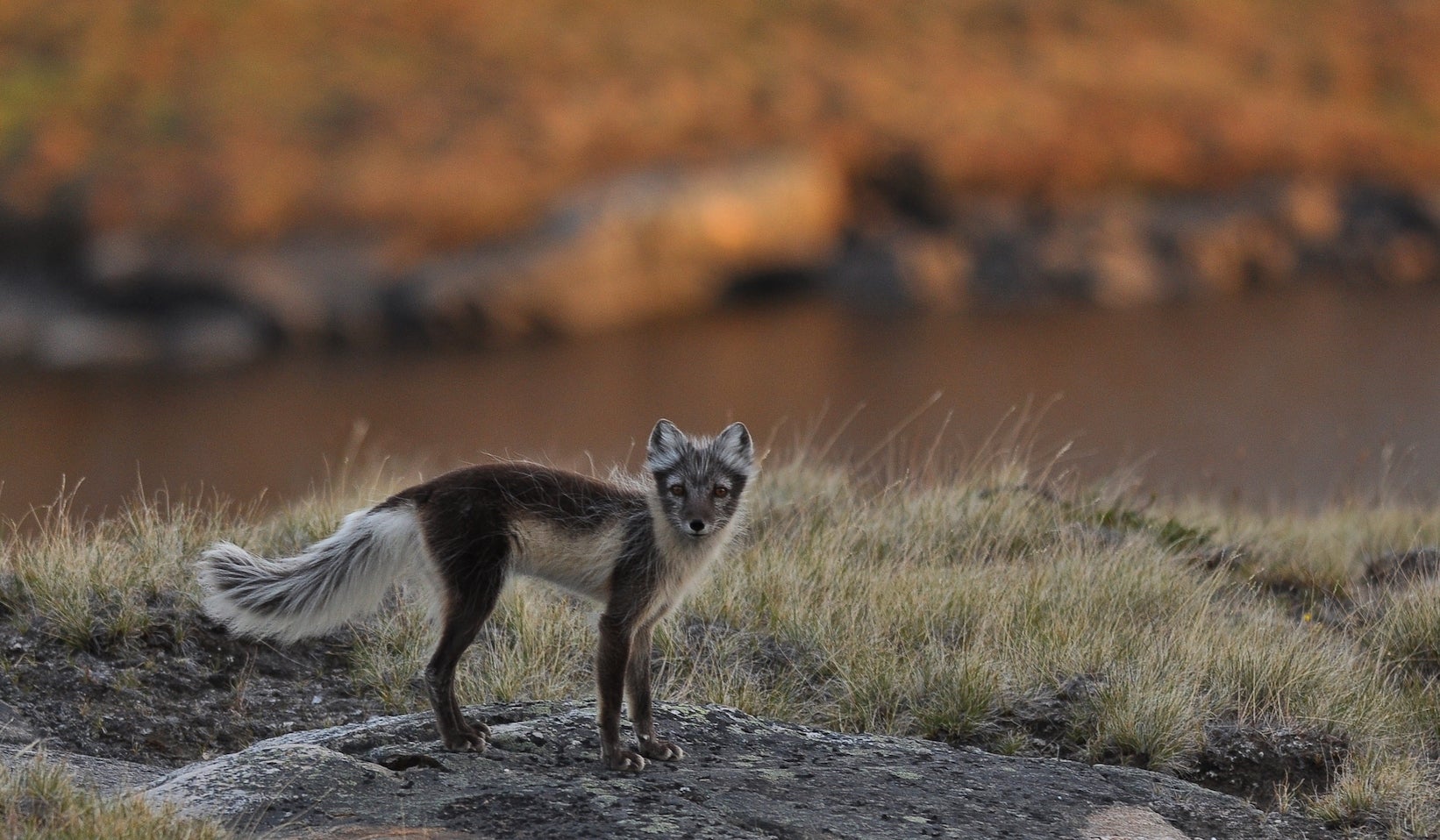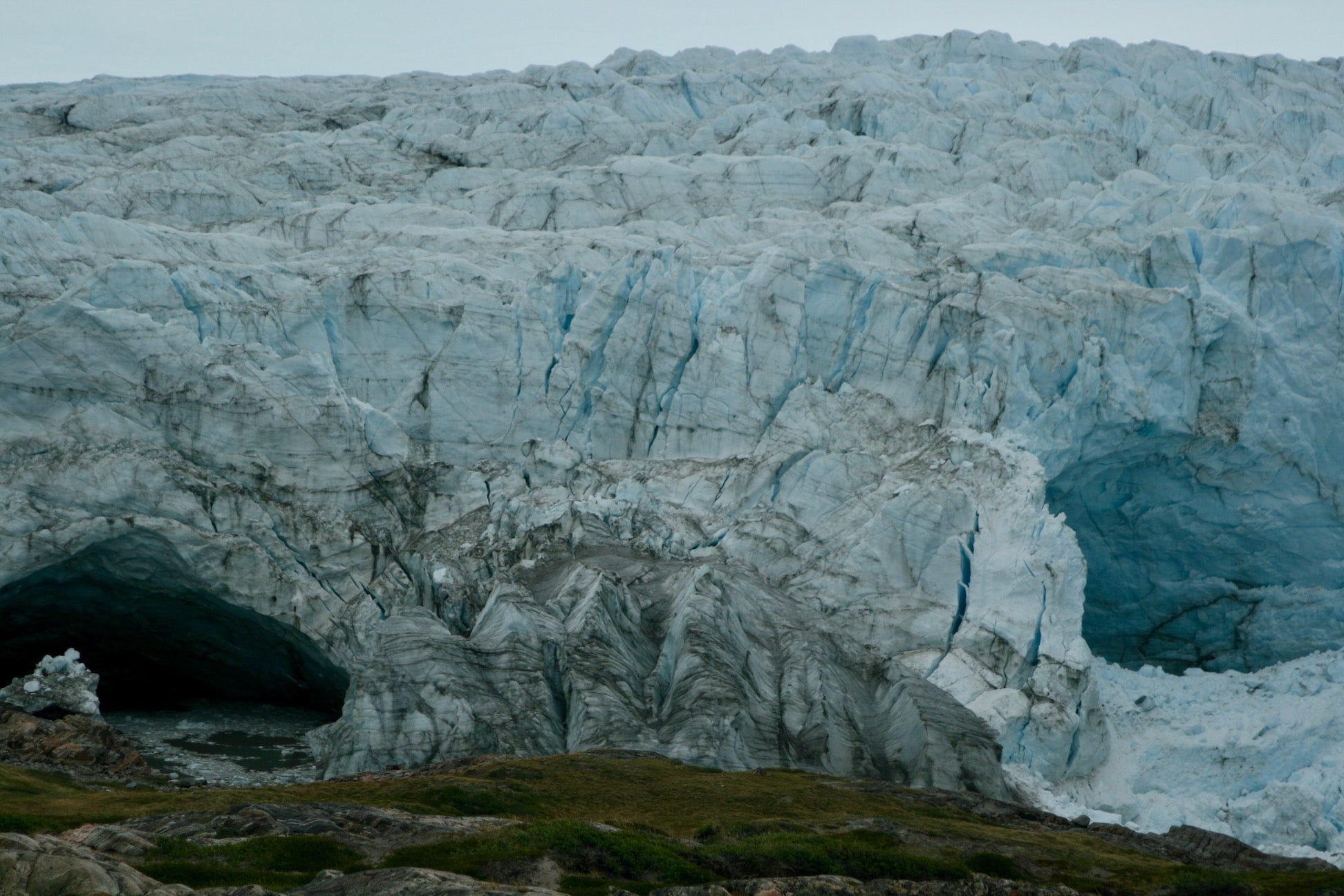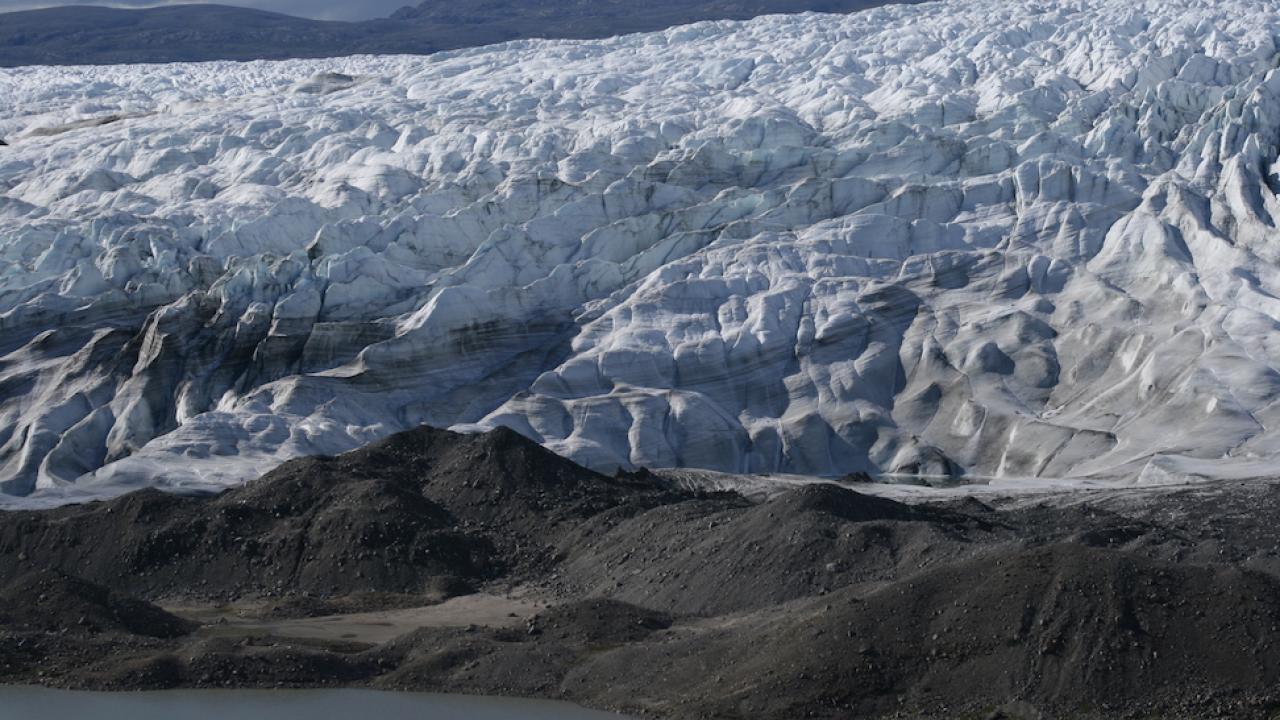With 2019 on pace as one of the warmest years on record, a major new study from the University of California, Davis, reveals how rapidly the Arctic is warming and examines global consequences of continued polar warming.
The study, published today in the journal Science Advances reports that the Arctic has warmed by 0.75 C in the last decade alone. By comparison, the Earth as a whole has warmed by nearly the same amount, 0.8 C, over the past 137 years.
“Many of the changes over the past decade are so dramatic they make you wonder what the next decade of warming will bring,” said lead author Eric Post, a UC Davis professor of climate change ecology. “If we haven’t already entered a new Arctic, we are certainly on the threshold.”

Consequences for the polar regions
The comprehensive report represents the efforts of an international team of 15 authors specializing in an array of disciplines, including the life, earth, social and political sciences. They documented widespread effects of warming in the Arctic and Antarctic on wildlife, traditional human livelihoods, tundra vegetation, methane release, and loss of sea- and land ice. They also examined consequences for the polar regions as the Earth inches toward 2 C warming, a commonly discussed milestone.
“Under a business-as-usual scenario, the Earth as a whole may reach that milestone in about 40 years,” said Post. “But the Arctic is already there during some months of the year, and it could reach 2 C warming on an annual mean basis as soon as 25 years before the rest of the planet.”
The study illustrates what 2 C of global warming could mean for the high latitudes: up to 7 C warming for the Arctic and 3 C warming for the Antarctic during some months of the year.
The authors say that active, near-term measures to reduce carbon emissions are crucial to slowing high-latitude warming, especially in the Arctic.

Beyond the poles
Post emphasizes that major consequences of projected warming in the absence of carbon mitigation are expected to reach beyond the polar regions. Among these are sea level rise resulting from rapid melting of land ice in the Arctic and Antarctic, as well as increased risk of extreme weather, deadly heat waves, and wildfire in parts of the Northern Hemisphere.
“What happens in the Arctic doesn’t stay in the Arctic,” said co-author Michael Mann, a distinguished professor of atmospheric sciences at Penn State. “The dramatic warming and melting of Arctic ice is impacting the jet stream in a way that gives us more persistent and damaging weather extremes.”
Co-authoring institutions include Pennsylvania State University; Aarhus University; University of Oxford; University of Lapland; University of Colorado, Boulder; Chicago Botanic Garden; Dartmouth College; University of Washington; Umea University; University College London; U.S. Arctic Research Commission; Harvard University; and National Oceanic and Atmospheric Administration (NOAA).
Funding for the study was provided by grants from the U.S. National Science Foundation, Academy of Finland and JPI Climate, National Geographic Society, Natural Environment Research Council, the Swedish Research Council, U.S. National Aeronautics and Space Administration, and NOAA.
Media Resources
Eric Post, Wildlife, Fish and Conservation Biology, 530-574-1346, post@ucdavis.edu
Kat Kerlin, News and Media Relations, 530-750-9195, kekerlin@ucdavis.edu
